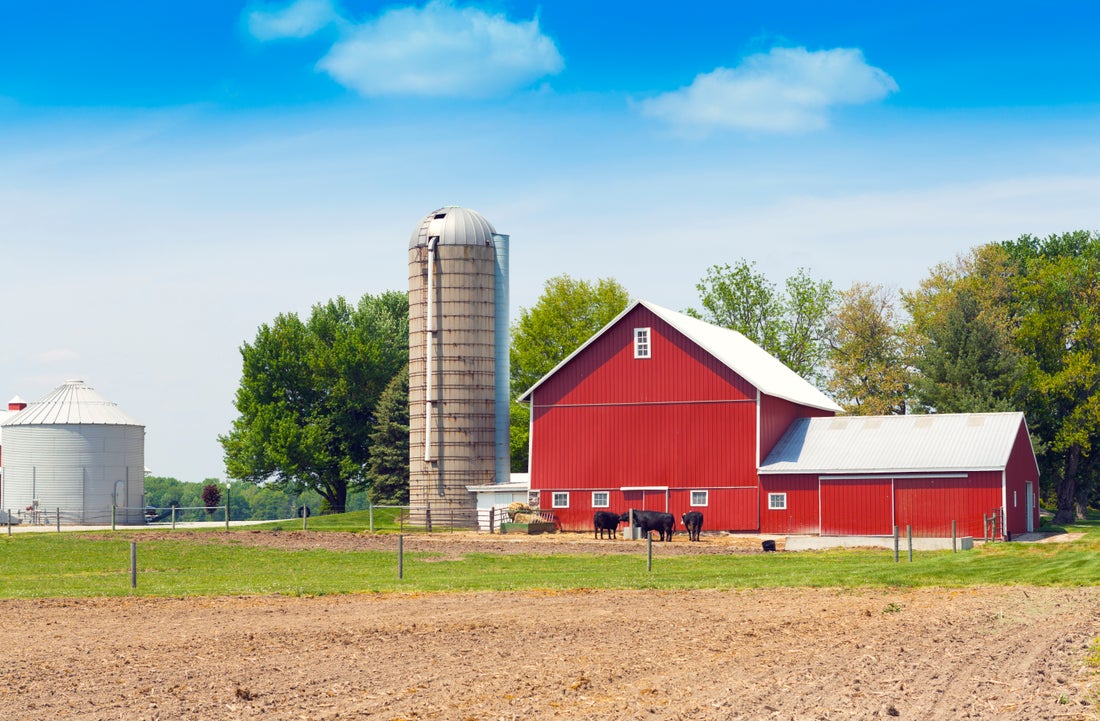Each year, numerous grain bin deaths and injuries occur at farming operations across the country. In late March 2022, an Iowa man died in a grain bin accident near Williamsburg. According to the U.S. Bureau of Labor, farming is among the nation’s most dangerous occupations, making it imperative that those who work with grain bins use safety measures to lessen risk.
Historically, the odds of surviving a grain bin entrapment have been 1 in 4, according to research by Purdue University. Rescue teams attempt to rescue victims before they suffocate or are crushed to death whenever an entrapment occurs. Shifting grains pose a threat regardless of the technology farms use. However, some safety tips can lessen the risk, but many farmers don’t practice them. Ironically, older, experienced farmers are often the victims of these unfortunate accidents.
Safety Considerations to Lessen Risk
A few guidelines may help reduce the chances of a grain bin death or injury. They include:
· Wearing a safety harness and lifeline. Although this offers no guarantee of survival, using these devices can keep you from being pulled down in the grain. A harness also enables a rescuer to find you more easily.
· Using high-tech grain storage bins. Newer bins utilize technology that enables farmers to monitor the bin’s contents and use computer-activated condensation fans to send water onto grain piles to form crusts. When voids form underneath crusts (because water isn’t added), these cavities can cause workers to fall through and quickly become buried in grain.
· Running the fan in the grain bin. Before going into a grain bin, run the fan for several hours since dust and gasses can be deadly. Wear a dust filter or respirator and hearing protection. Moldy or wet grain often clumps together on the upper layers, looking like a hard crust, but actually, there’s a dangerous void underneath the surface.
· Never going into a bin by yourself unsupported. Have a spotter if you need to go into the bin.
· Reviewing your unloading options. If conditions are dangerous, consider unloading with a pneumatic conveyor or other option; don’t enter a hazardous setting.
· Purchasing a rescue tube. A rescue tube is placed around an evacuee. The tube forms a secure enclosure around the person so a rescue crew can pump the grain out, allowing the trapped person to climb out.
How We Can Help
For more than 50 years, the Heritage Insurance Group has served hundreds of customers with their agriculture and crop insurance needs. We offer a range of coverage for the farming community, including:
· Workers’ compensation insurance. If you employ people, you should consider workers’ compensation coverage. Without this protection, you may be responsible for paying the medical expenses and lost wages of injured employees.
· Crop insurance. Many farms make all or most of their profits through their crops. If a disaster occurs, such as a tornado, wildfire or flood, crops can be decimated. Crop insurance can reimburse for the losses farmers face.
· Livestock insurance. A multifaceted type of insurance, this coverage offers several policy options, including coverage for the transit or auction of livestock; coverage for specific animals, such as poultry or dairy cattle; or mortality insurance for high-value animals, such as a stud.
· Farm equipment insurance. This coverage can help protect the costly equipment used on the farm and reimburse the farmer for certain losses and damages.
Farming is an expensive occupation. But the appropriate equipment can help ensure your safety and that of your workers, including grain bin incidents. We can help you with your farm liability needs to ensure your farming operation continues to thrive. Contact us today at one of our Iowa locations.